Opera Australia’s Lyndon Terracini responds to Peter Tregear
Peter Tregear’s comments on Arts Update (‘Opera, the art of the possible’) regarding my recent Op. Ed. piece in The Australian are disappointing and require a response. Professor Tregear expresses strong opinions, but these opinions are not related to the facts.
Firstly, Opera Australia’s audiences have not declined, as Tregear claims. Quite the contrary. OA now has far more paying customers than at any time in its history. In 2013, OA took $51.7 million at the box office and gave 743 performances.
Secondly, Tregear quotes Peter Gelb and claims that the answer is not in ‘playing La Bohème to death’. This is extremely misleading and quite erroneous when taken out of context. The Metropolitan Opera in New York performs La Bohème every year and has done so for decades. Franco Zeffirelli’s production is a great one, and audiences love it. If The Met did not present La Bohème every year, its box office takings would be substantially lower.
Continue reading for only $10 per month. Subscribe and gain full access to Australian Book Review. Already a subscriber? Sign in. If you need assistance, feel free to contact us.



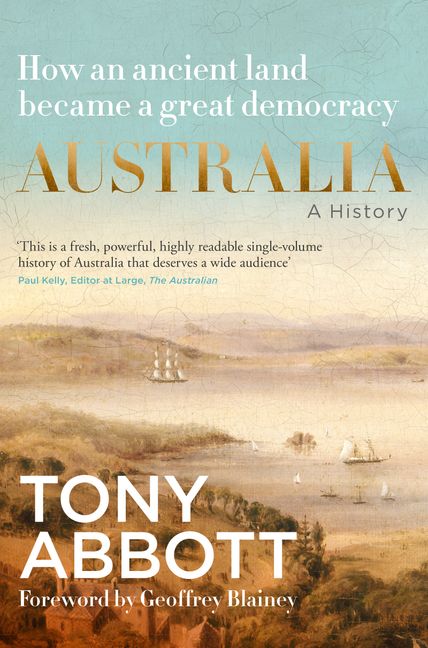
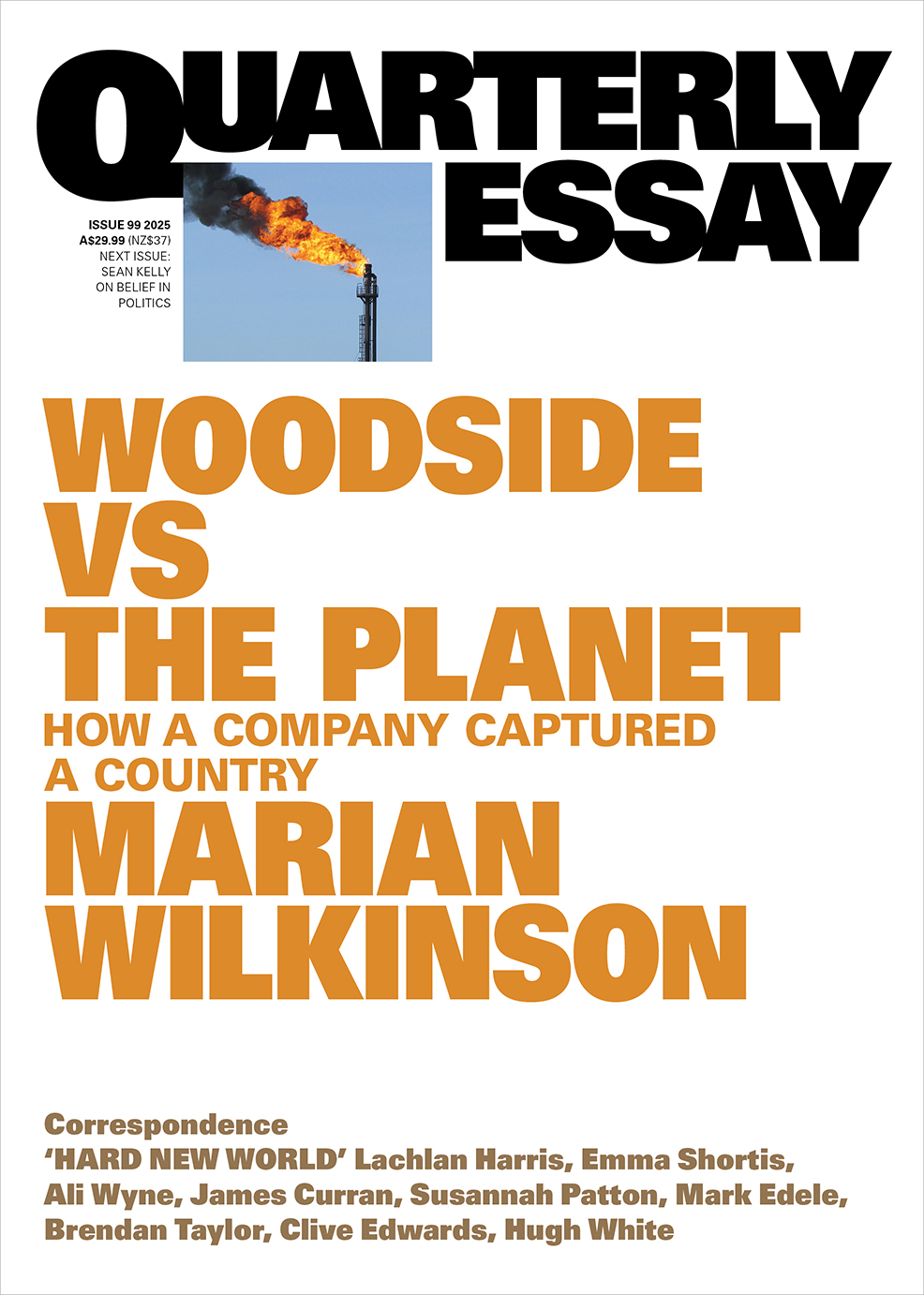
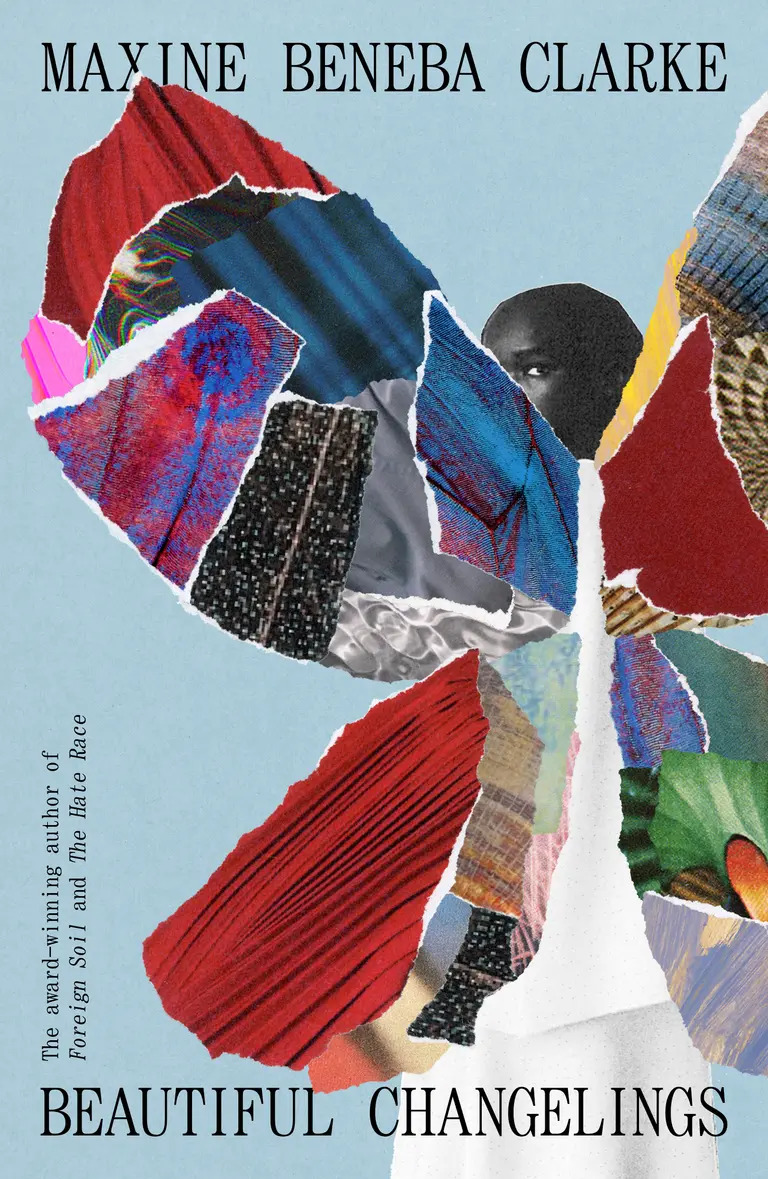
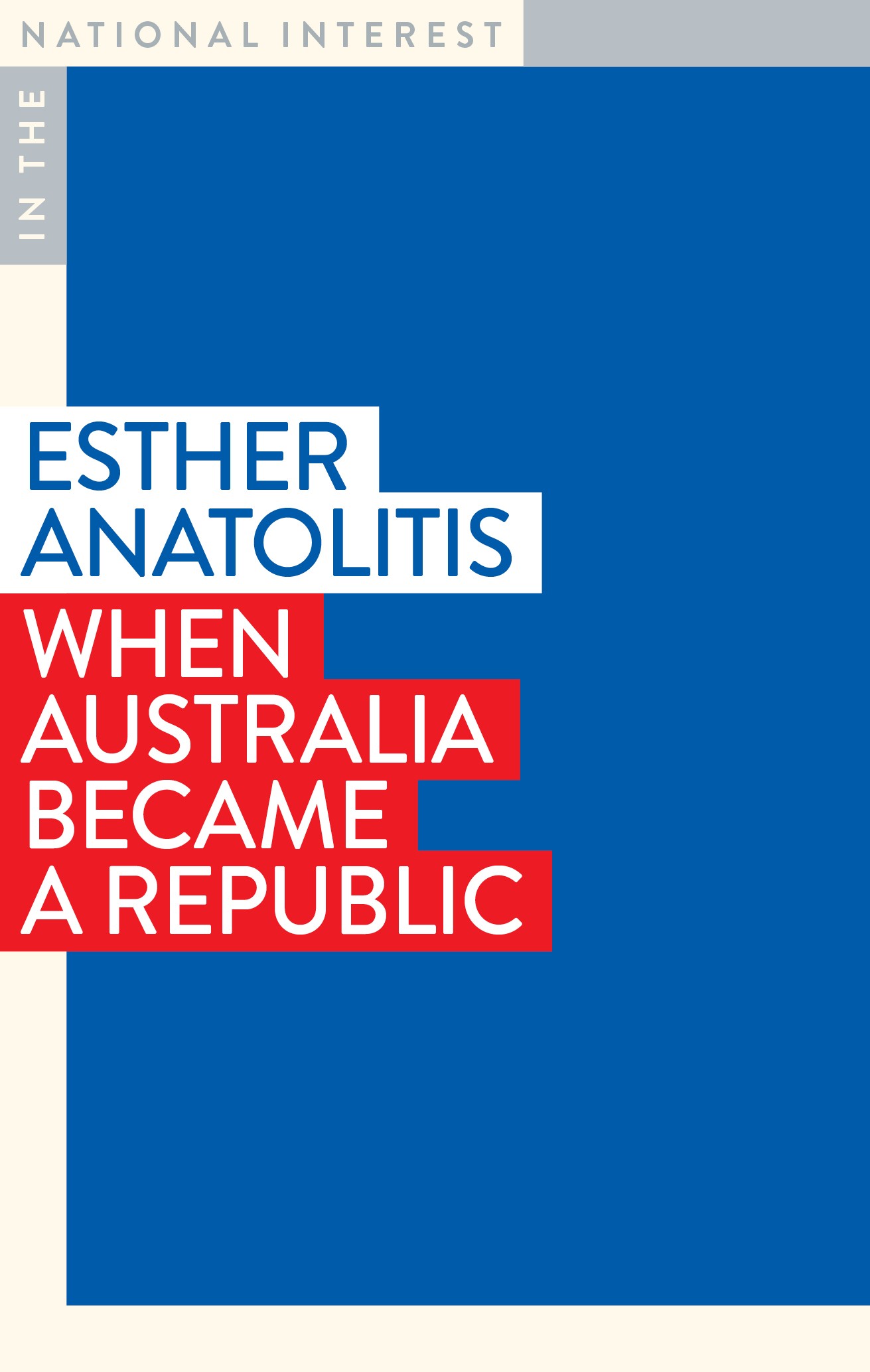
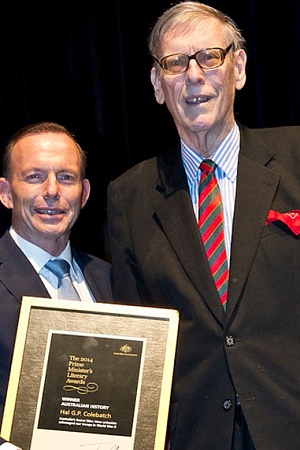


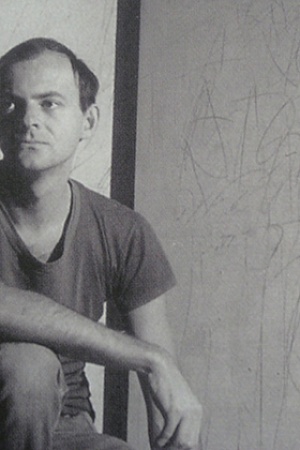
Comments (13)
Seeing any of these operas for a first time is an awesome experience, and over-familiarity with these works should not deny this experience to new opera-goers today. At the same time, after seeing multiple productions of these classic works, I - like others - can only despair at the conservatism of the OA offerings for season after season. Yet the debate over funding vs innovation in opera just goes round and round with the same predictability as the inevitable appearance of La Boheme in the OA catalogue. How many years have we been hearing these same arguments - each with their merits – from both sides?
Opera Australia carries a heavy burden of expectations, both financial and, frankly as an iconic venue with deliberately 'safe' programming. But does it really have to be like this? The Royal Shakespeare Theatre in Stratford carries similar expectations, but explores novelty and lesser-known works, and nurtures talent, by running parallel programs in the smaller Swan Theatre and (soon) The Other Place as well as the Shakespeare canon the main auditorium. Surely with a little imagination we can have Carmen and Cappriccio, and foster new Australian works?
http://www.tvtonight.com.au/2010/03/abc2live-opera-bombs-with-viewers.html
Does that mean the theatre was empty for the entire season? You can't just make statistics up, Lyndon.
And now with this Alan Jones casting. You should resign.
How do the figures look for audience numbers when you look at the trend of people who are attending more than one opera a year? (Which is what I understood by Tregear's 'declining audience base'.)
I assume OA plans to make a loss on some operas that it considers worth staging in any case?
I'm not surprised that The Love of the Nightingale didn't do so well, and I'd bet that a revival of Voss would do better.
But the wider point is that the cultural change needs to be led by OA, not by audiences. How can audiences lead a demand for recent operas that they haven't heard yet?
'The European opera houses that perform some of this repertoire receive eighty-five per cent of their budget from government, compared with Opera Australia’s twenty-five per cent.'
Any thoughts on how OA can move to a higher level of state funding so that it's less reliant on the caprice of its current audiences?
Leave a comment
If you are an ABR subscriber, you will need to sign in to post a comment.
If you have forgotten your sign in details, or if you receive an error message when trying to submit your comment, please email your comment (and the name of the article to which it relates) to ABR Comments. We will review your comment and, subject to approval, we will post it under your name.
Please note that all comments must be approved by ABR and comply with our Terms & Conditions.